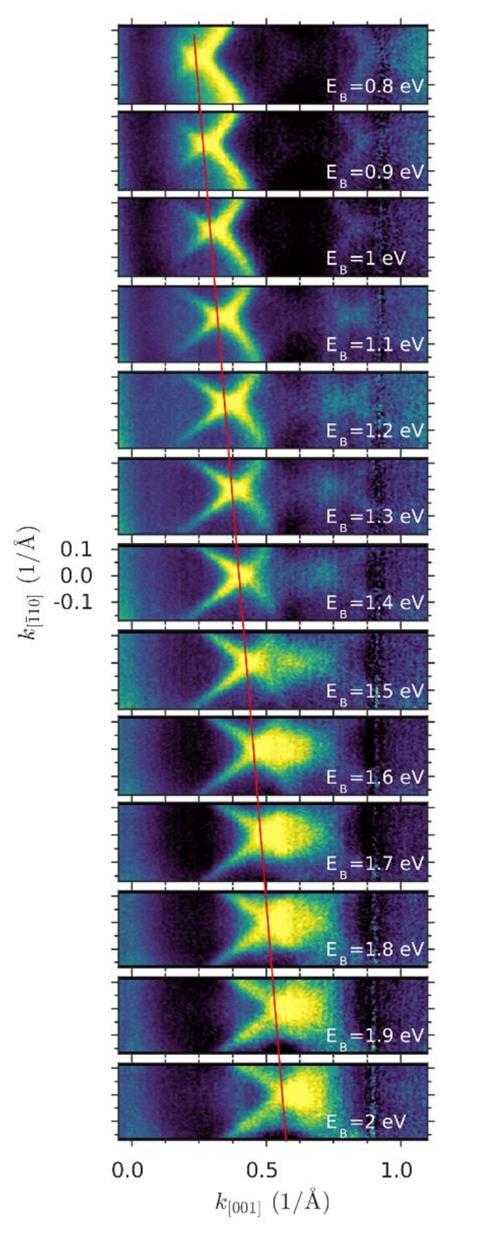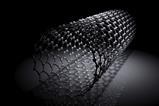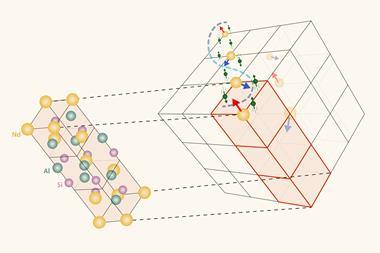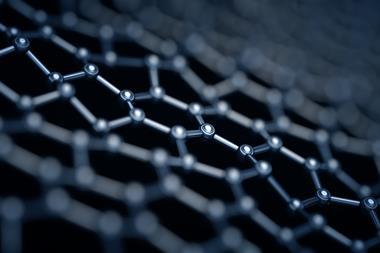Unique electronic structure characterises fortune-teller fermion
Experimental proof of a new class of massless fermion with anisotropic characteristics has been found for the first time by a team in Poland.1 The discovery could help researchers design new graphene-like materials with previously unseen properties.

Fermions are a class of particle that include electrons, protons and neutrons. Most have mass but massless fermions were found in 2015. These are quasiparticles: electronic activity that behaves as if it were a particle in free space. Electrons in 2D materials behave like massless fermions. This behaviour has, until recently, always been associated with a feature in the electronic band structure called a Dirac cone where the valence and conduction bands take the shape of a conical surface meeting at a Dirac point. Massless Dirac fermions are isotropic and they can carry electric charge exceptionally fast because they are not slowed by backscattering. This is the basis for the extraordinary electronic properties of graphene and other 2D materials.
In 2017, scientists in Serbia predicted fortune-teller fermions, a completely new type of massless fermion, existed in 2D materials that meet specific symmetry criteria.2 Now, researchers from Maria Curie-Sklodowska University in Poland have found physical evidence for this fermion. Angle-resolved photoelectron spectroscopy helped them to observe the band structure of a 2D silicon crystal surface. Instead of smooth Dirac cones, the conduction and valence bands form a set of intersecting planes with sharp edges, some resembling pyramids and some resembling origami fortune-tellers. The planes meet, not at a 0D Dirac point, but along a 1D Dirac line. Such a distinct electronic structure has never been observed in any known crystal, until now.
If new materials can be engineered to support these states on a larger scale then they might behave in ways never seen before.
References
1. M Kopciuszyński et al, Nanoscale Horiz., 2020, DOI: 10.1039/c9nh00681h
2. V Damljanović, I Popov and R Gajić, Nanoscale, 2017, 9, 19337 (DOI: 10.1039/c7nr07763g)

















No comments yet